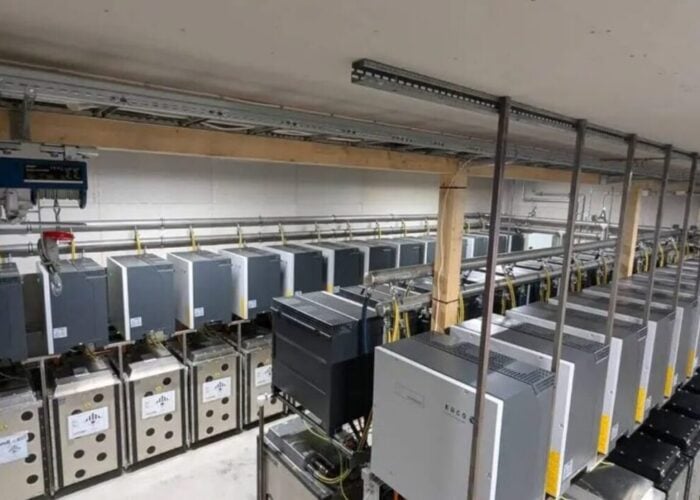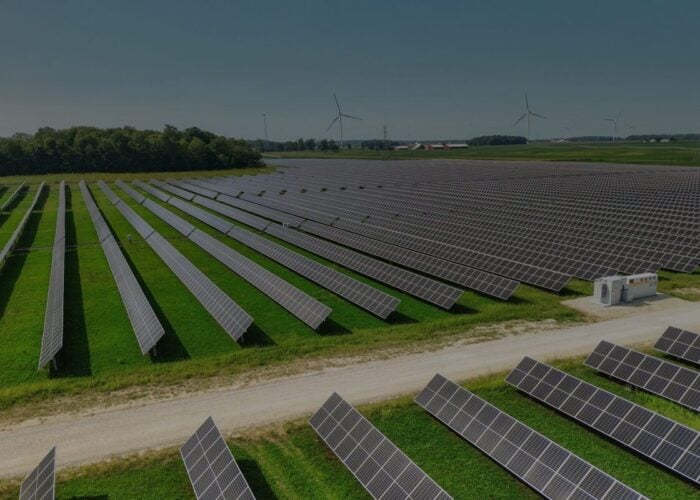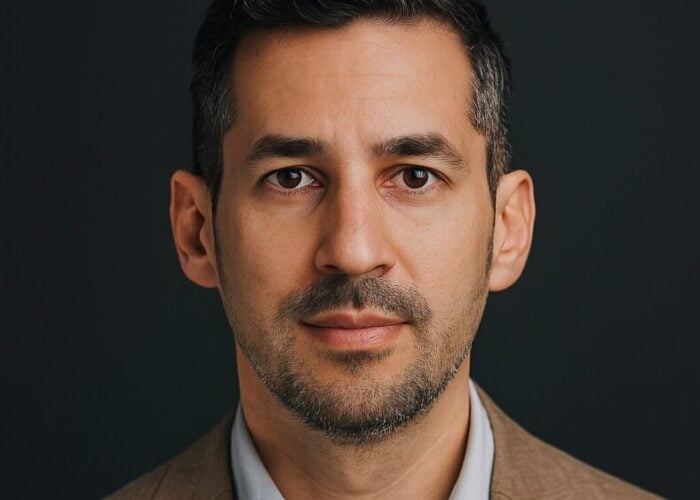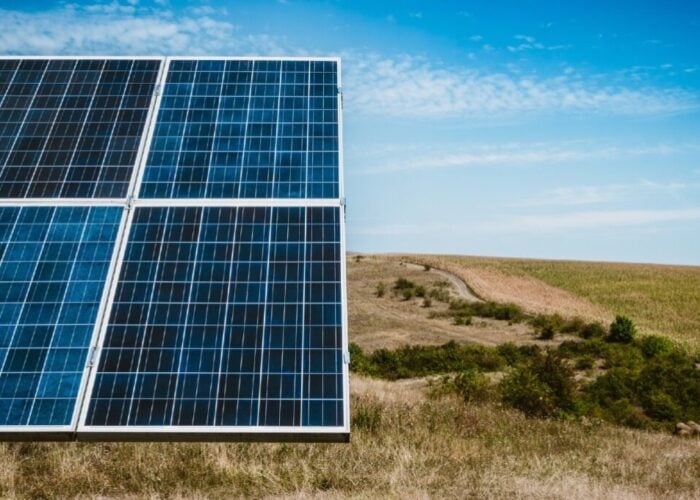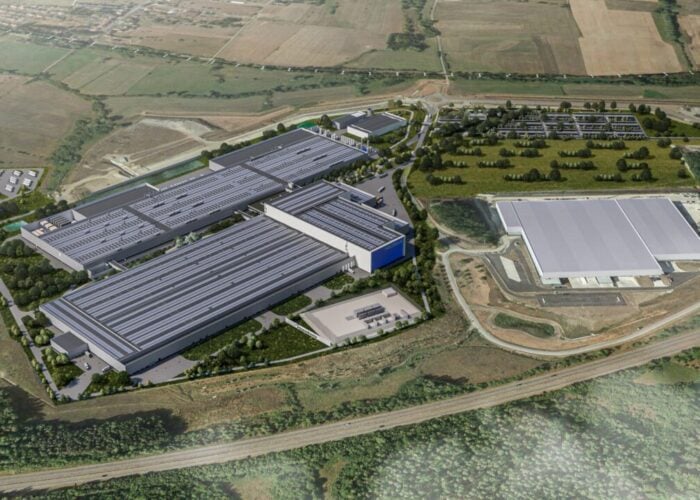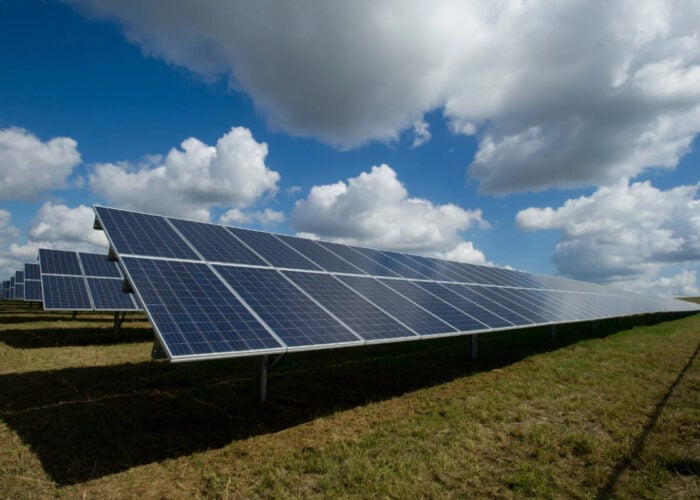
Ukrainian operators have claimed the government is to cut feed-in tariff (FiT) payments it already pledged to PV projects years ago, confirming a scenario the industry had feared for months.
Contacted by PV Tech today, Ukrainian green energy association UARE corroborated reports of a plan put forward by deputy Energy minister Konstantyn Chyzhyk to slash FiT subsidies for both solar and wind, following months of behind-the-scenes talks with industry.
Try Premium for just $1
- Full premium access for the first month at only $1
- Converts to an annual rate after 30 days unless cancelled
- Cancel anytime during the trial period
Premium Benefits
- Expert industry analysis and interviews
- Digital access to PV Tech Power journal
- Exclusive event discounts
Or get the full Premium subscription right away
Or continue reading this article for free
Chyzhyk’s proposals – reportedly floated at the Ukrainian Energy Forum conference, in capital Kyiv last week – would offer 12.5% cutbacks to all FiT-backed solar projects commissioned between 2017 and 2019, provided they agree to having their subsidies end after 2029.
Meanwhile, PV projects insisting on a five-year FiT extension after 2029 would face more stringent reductions, according to UARE. The subsidy cuts would be steeper for higher PV capacity brackets, jumping from 15% (<10MW) to 20% (10-50MW) and 25% (>50MW).
The possibility that Ukraine would take this action, as is now being reported, and clamp down on already committed subsidies, had stoked fears over the past few months of talks. Investors, UARE said this week, had put forward their own proposals on how to cut the deficit of the FiT scheme.
“Unfortunately, [the] offers presented by the Ministry of Energy and Environmental Protection of Ukraine on Thursday are far different from (sic) those investors can agree on,” UARE added, warning that the proposed FiT scale-back would lead to investment default for some projects.
According to UARE, the risks from the new proposals are compounded by the fact that green energy developers are already witnessing delays with state money, potentially complicating the repayment of loans. “Every day of delay only worsens the situation,” the association remarked.
The retroactive approach could, UARE warned, see Ukraine “lose the trust of investors”. The broader ambitions of comedian-turned-government-president Volodymyr Zelensky – who wants to lure US$50 billion in foreign investment in Ukraine by 2024 – will “fail”, UARE added.
For Ukrainian solar, the subsidy controversy marks a bleak turn of events after last year, when trade shows singled out the country as a PV market-to-watch. Home to 2GW of installed PV in late 2018, the state linked last year its largest solar plant to date, Risen-equipped 240MW Pokrovska.
Last year, before the FiT cut proposals had emerged, operators had told PV Tech they believed Ukraine’s plans to shift to reverse auctions held great potential. However, UARE noted this week uncertainty continues to prevail, as no quotas have been set for any green energy tenders this year.
Threat of litigation ordeal looms for country looking to fill the gap of Soviet-era fossil fuels
Analysis by José Rojo, senior reporter at PV Tech
A glance at PV Tech’s stories of the past few months makes it abundantly clear: European solar is turning the page from its past of subsidy dependency. From Spain to Italy, Germany and the UK, countries are witnessing a wave of developments that want nothing to do with state money.
Ukraine, by contrast, seems trapped in the reverse journey. Last year, the former Soviet republic enjoyed the spotlight as a place where – or so claimed Intersolar attendees and PV Tech's interviewees – a shift to a deregulated auction would herald a solar boom. The only way was up.
Fast forward to early 2020, and the picture is decidedly hazier. By making good on its threat to retroactively slash FiTs, Ukraine has opted to start its solar decade by joining Spain in the list of countries which, at some point or other, changed their subsidy tune while the music was still playing.
If UARE’s talk of “broken trust” doesn’t move Ukraine to reconsider, perhaps its own citizens will. Spain may have U-turned to ardent PV support since its own days of retrospective FiT cuts but that has not stopped its taxpayers from coughing up astronomical sums to settle investor lawsuits.
As pointed out at Solar Media’s own events, the risk that Ukraine may face its own litigation ordeal over its FiT policy swings is very real. At the SFIEurope conference in London last month, Sergii Shakalov, CEO of developer Kness, warned investors “will go to the courts” if the cuts go ahead.
To be sure, rows with the solar industry are not likely to top Ukraine’s lengthy list of challenges. The country’s position as a West-East crossroads means it must try and unlock economic growth while pressured from both ends, stuck between Russian military campaigns and the dangers of accepting US aid.
Green energy operators argue, however, that crippling solar growth at this point in time is one extra challenge Ukraine can’t afford. As UARE has noted in the past, obsolescence of the country’s Soviet-era coal and nuclear plants means all must close or be fully overhauled within 15 years.
The country, as Kness’s put it at SFIEurope last month, must make a choice on how it wants to fill the gap left behind by fossil fuels. If analysts are to be believed, solar represents a sound bet: according to Wood Mackenzie, the country could grow to install 1-5GW of PV a year by 2024 if it so desired.
Could the answer lie in sidestepping subsidies altogether? Players approached by PV Tech note Ukraine’s various strengths as a future PPA hotspot, from abundant land to social acceptance and the manufacturing ecosystem that comes from decades as a Soviet Union industrial powerhouse.
Like in Spain, however, any solar boom will rely on keeping investors on board; as the SFIEurope show evidenced, some like the EBRD already worried over regulatory uncertainty when the FiT cuts were only rumours. Their confirmation this week can't have done much to dispel those fears.
The prospects and challenges of European solar will take centre stage at Large Scale Solar Europe 2020 (Lisbon, on 31 March-1 April 2020).

